The name of this restaurant is rather confusing and requires some explanation. A "chome" is part of a "machi" or "cho", itself part of a "ku" in Tokyo's labyrinthine addressing system. The original owner of this restaurant founded "Myojo" in South Korea in 1927 before moving to Gion in Kyoto in 1946. He took the word "Kyo" from Kyoto and "boshi" (star) from the original name of his restaurant and found "Kyoboshi" in 1952 in Ginza. He then opened "Nanachome Kyoboshi" in 1982 after relocating to "Nanachome" (7) district and then moved to a Rokuchome (6) location when the current third generation chef went out of business in 1998. It then relocated to "Gochome" (5) as part of reopening the restaurant. The chef patron here is now Shigeya Sakakibara, whose brother manages the original Gion Kyoboshi in Kyoto and also Ginza Yoshimatsu.
It is a tricky place to find even by the demanding standards of Tokyo. You get to it via an unmarked elevator next to a retail store on a street corner and head to the sixth floor. There you head through the little curtain that leads into the small dining room. Seats are set out around a counter, the chef cooking in front of you, with just a waitress to help him. This restaurant was the only tempura shop ever to be awarded three Michelin stars, but the owner has since asked to be delisted from the Michelin guide.
The reason that it had three stars was probably not the tempura batter, which is indeed ethereally light, nor the precision of the cooking, which is impressive, but the sheer quality of the ingredients used. The first time I came here it was with a local food expert who knows a great deal about Japanese ingredients, and he was stunned by the level of produce being used.
The meal today started with a little fried prawn sandwich, as well as some dried ayu (sweetfish) and warm fava beans as nibbles. An idea of the quality here was demonstrated by the fava beans, which had remarkable flavour. I had tried some the day before at a two star Michelin restaurant and these were vastly superior. A small prawn had superb inherent sweetness, contrasted by its crisp feathery shell of batter, with a little dip of lemon juice and salt to taste - divine. Even the lemon juice itself was noticeably impressive, particularly clean tasting, like the very finest Amalfi lemons.
Next in the tempura sequence was precisely cooked lotus root, then kiss fish (Japanese whiting), followed by asparagus. Even better was magnificent cuttlefish, probably the best I have eaten anywhere. This was followed by a spring sprout, then a quail egg, tempura of the same terrific fava beans and then really impressive bamboo shoot, cooked more precisely than I have found at other tempura places and also having excellent flavour. Perhaps the best of all was stonefish with a vinegar and green onion dip, the fish having great flavour and the batter beautifully balanced by the vinegar.
Also impressive was tempura of corn. It is one thing to take a cut of top notch beef or turbot and make a nice dish, but it takes something special to make corn taste remarkable, which this did. The ginger flower that followed had subtle flavour, and ayu trout was not as bitter as it can sometimes be.
This was followed by what was described as potato jelly, and then finally the kakkiage appeared. Often this is made with odds and ends of vegetables but here it was constructed from more of the superb sweet prawns. Alongside this was another surprisingly impressive dish, tempura of an exceptionally sweet onion, beautifully tender.
To finish was a slice of melon, which may not sound too exciting, but the Japanese go to great lengths to grow the finest melons on earth. I am not a fan of this fruit, but even I finished every last bite; it was the finest melon I have eaten by a wide margin, with stunning flavour.
The chef speaks quite good English, and seemed happy to chat with the diners. The bill for all this came to ¥80,460 for two with beer to drink, which works out at £255 head. This is a lot of money, but no more than you would pay at most three star restaurants in Europe (and less than many). I do not begrudge a penny of it, as the sourcing of ingredients here is up there with just about anywhere, and the cooking of the tempura is extremely precise, with each ingredient at its optimum when you bite into it. Quite simply, this is the best tempura restaurant in the world.
Further reviews: 08th Apr 2012






























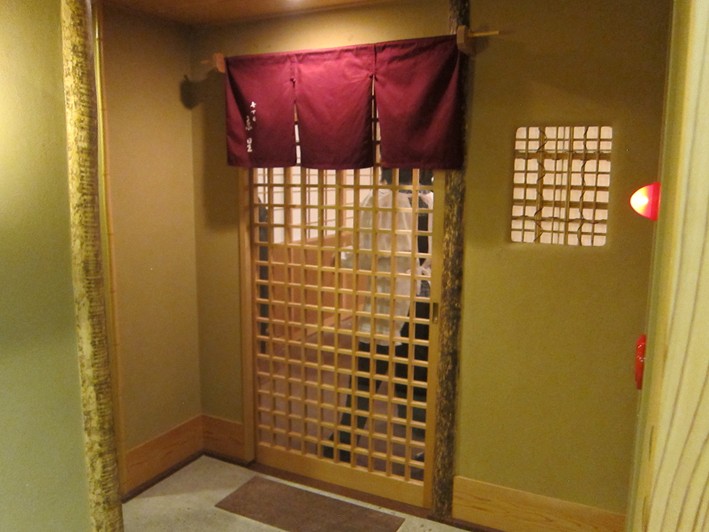
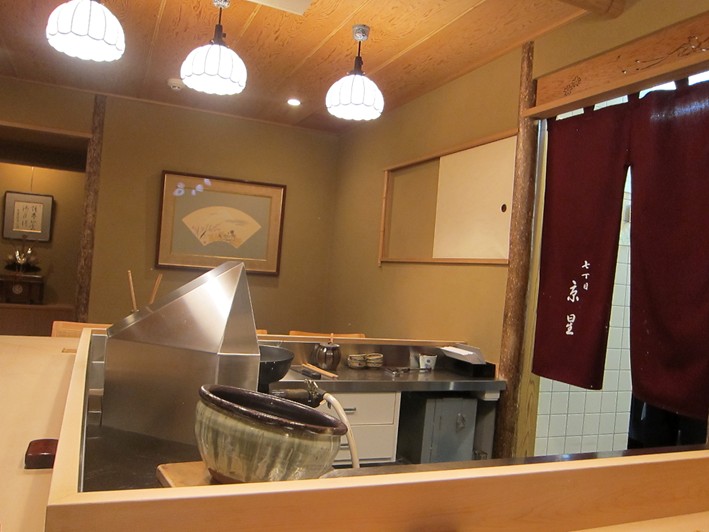
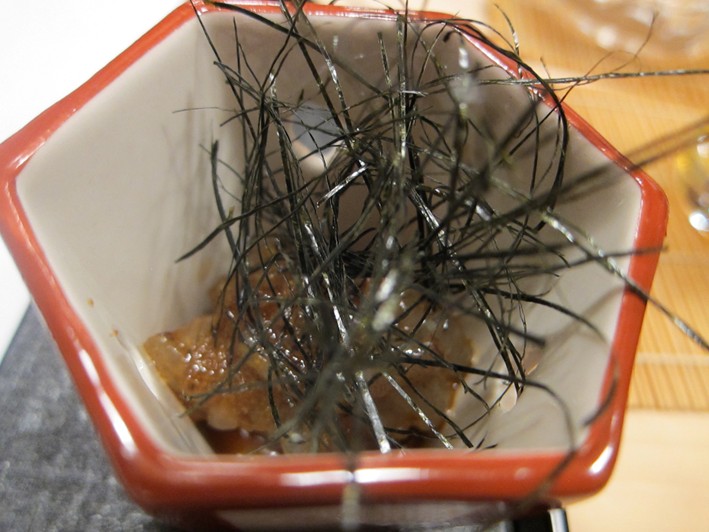
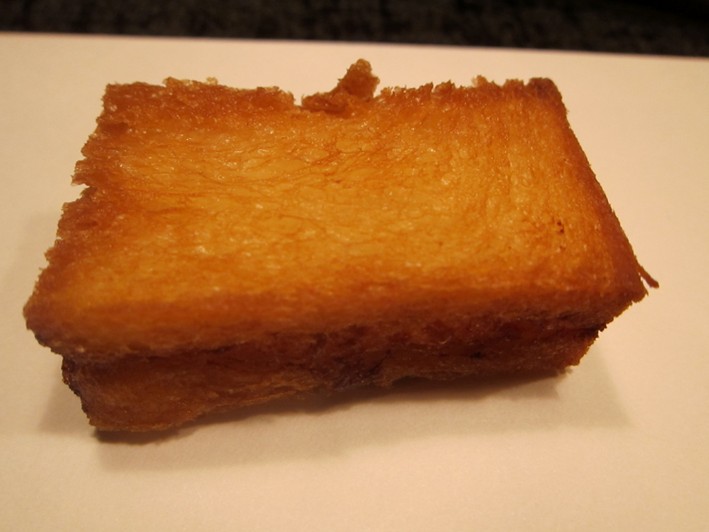
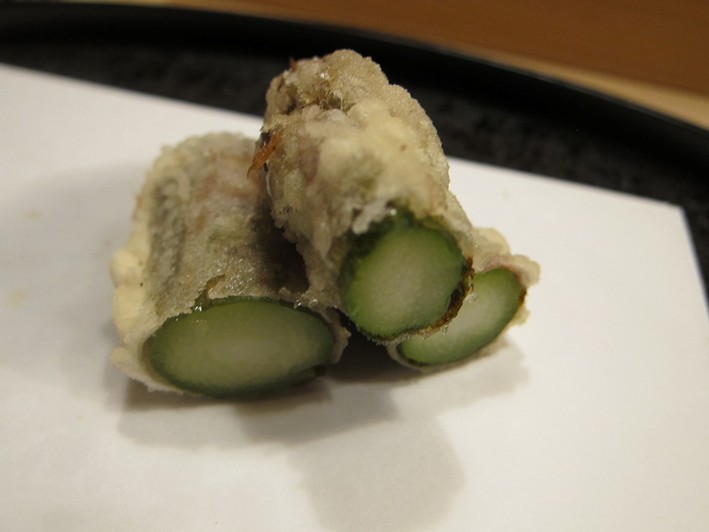
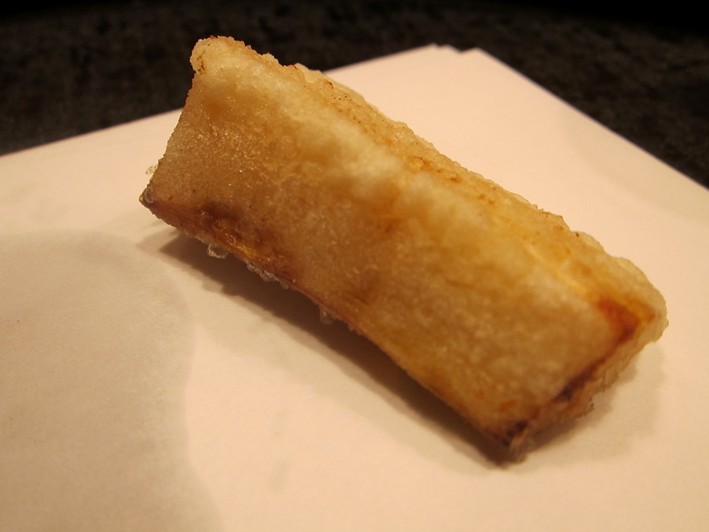
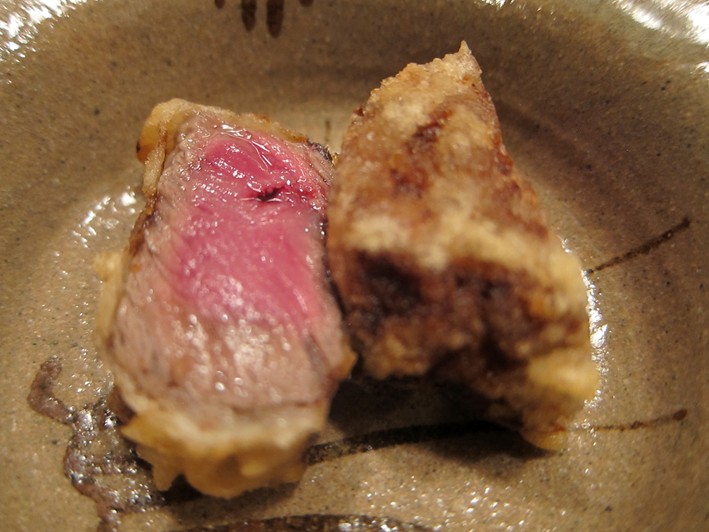

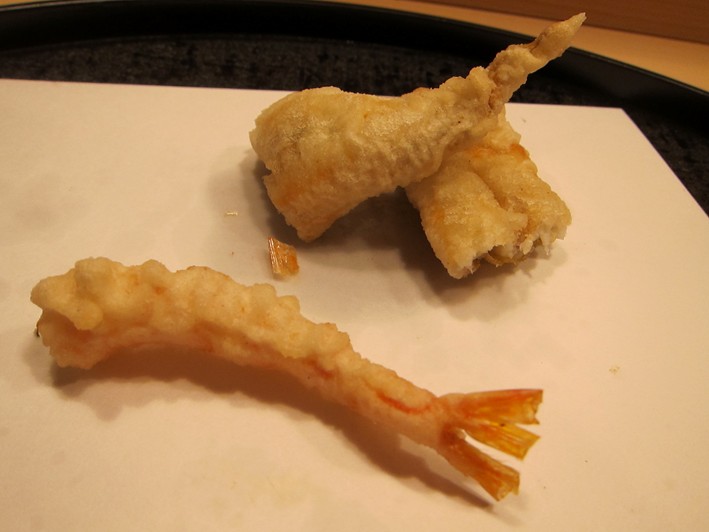
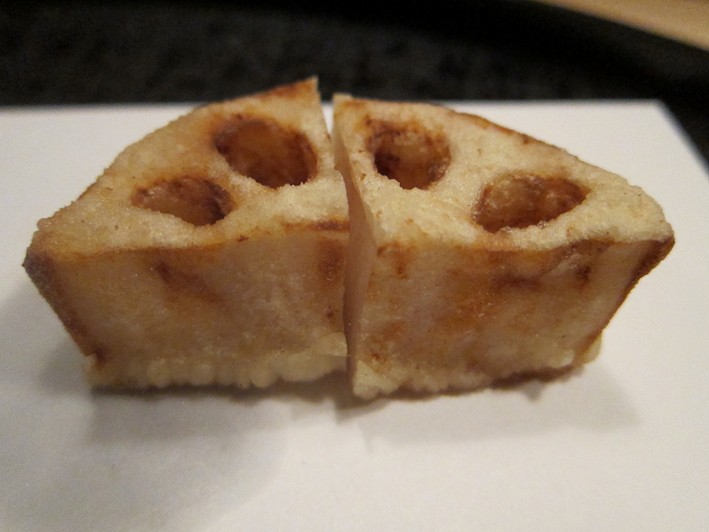
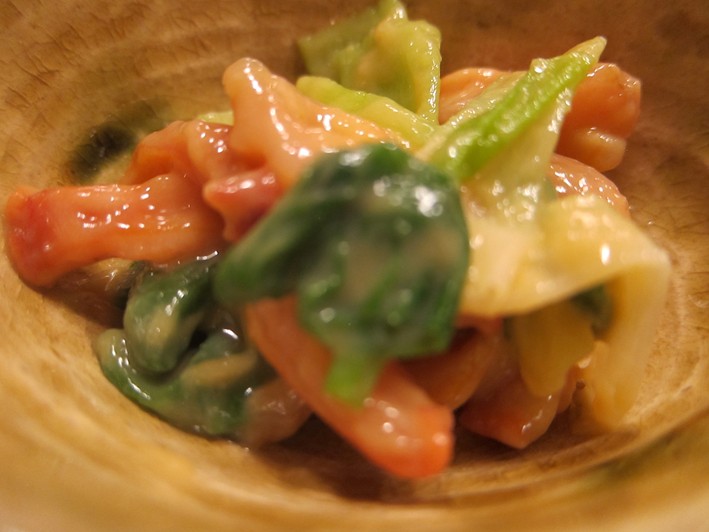
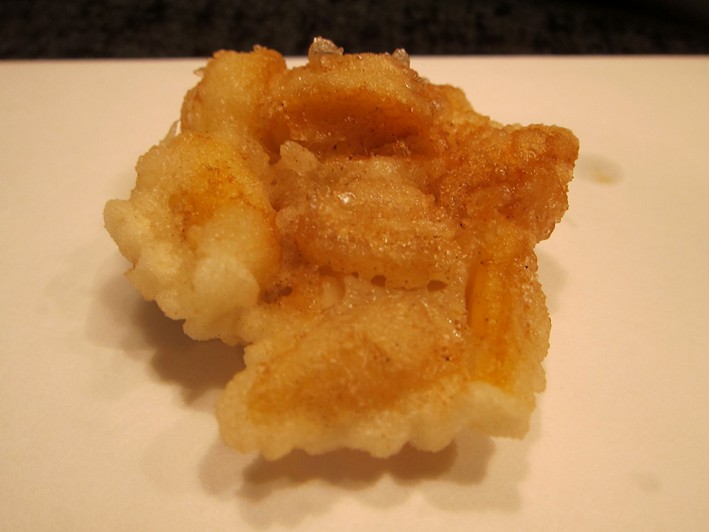
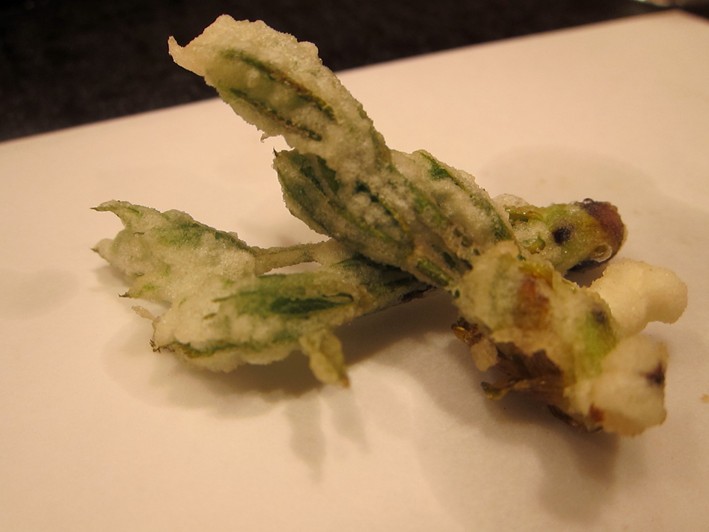
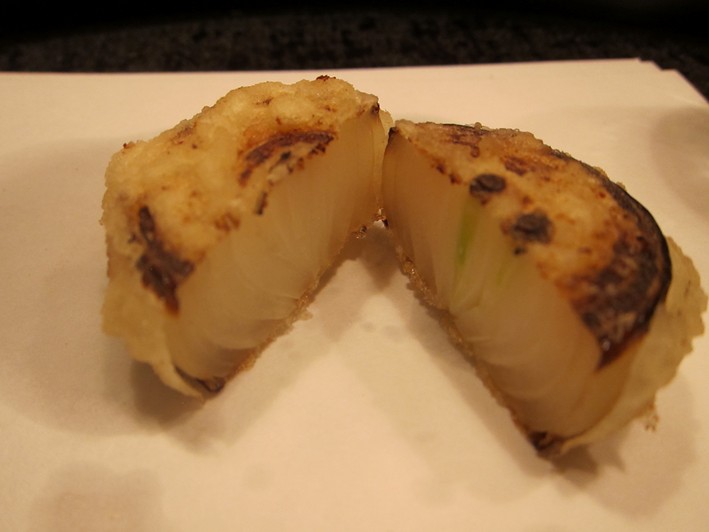

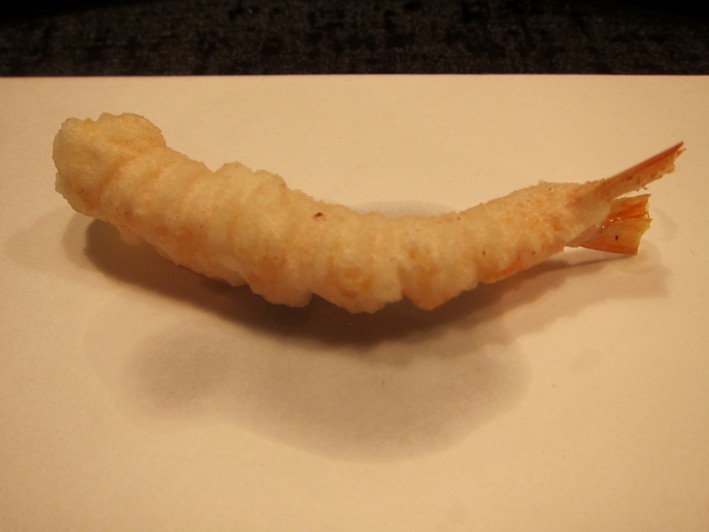
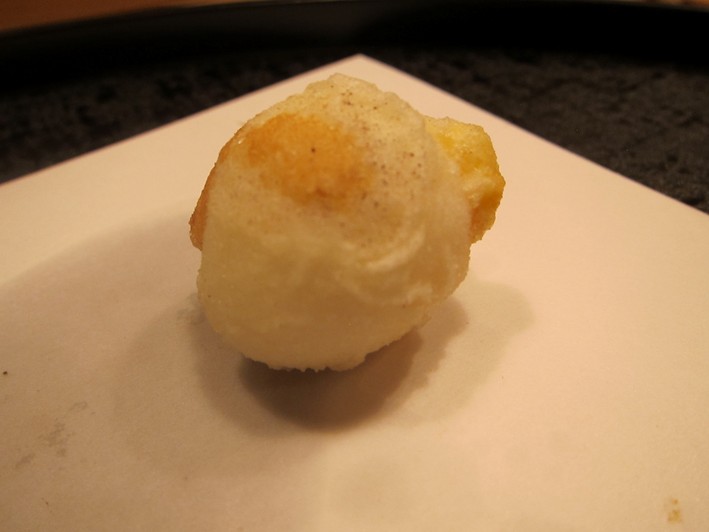

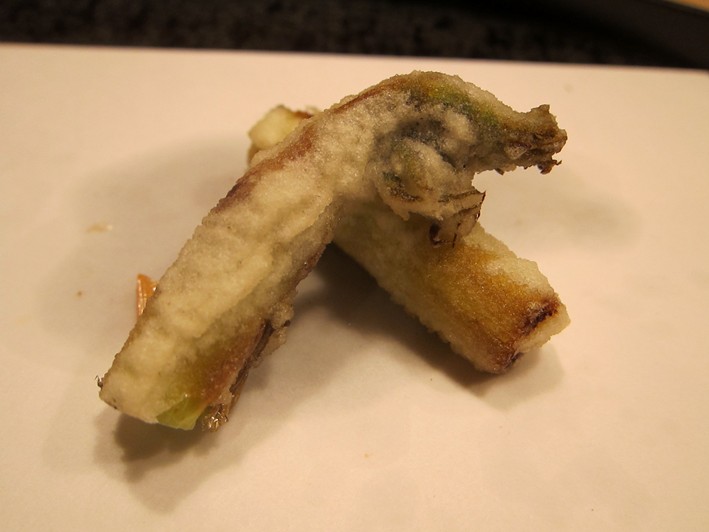

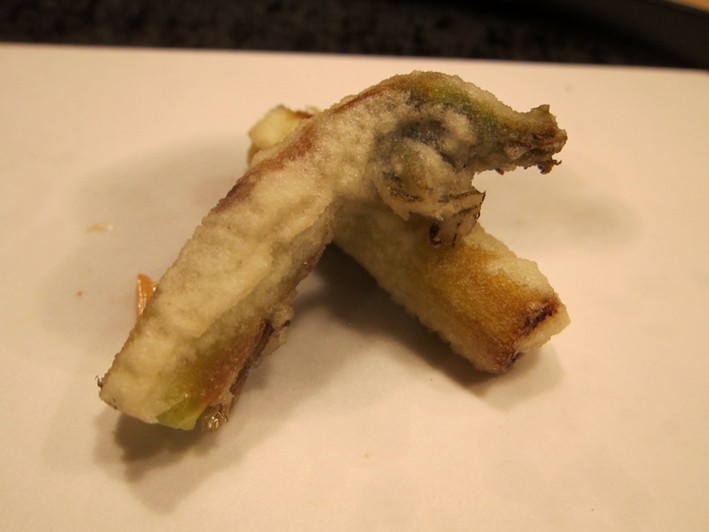
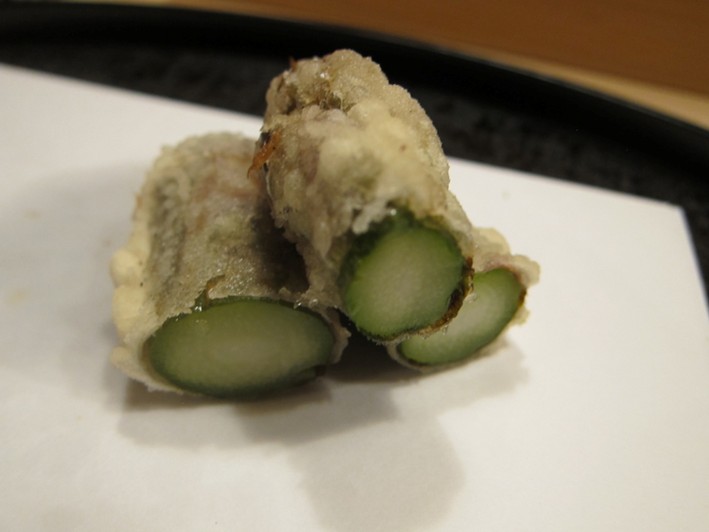
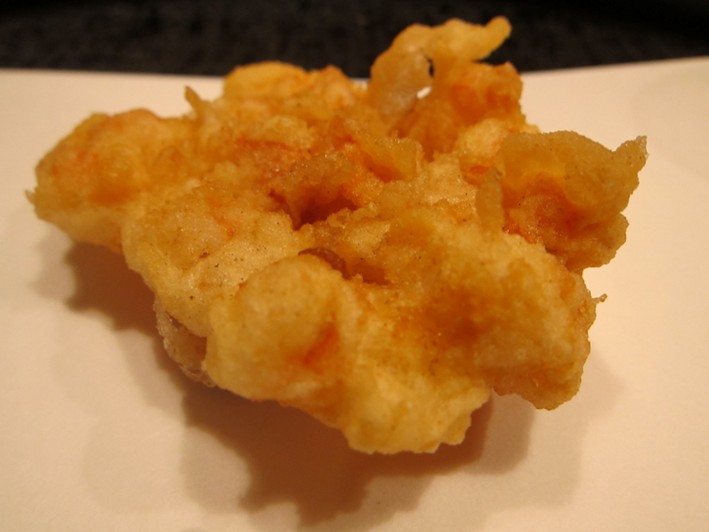
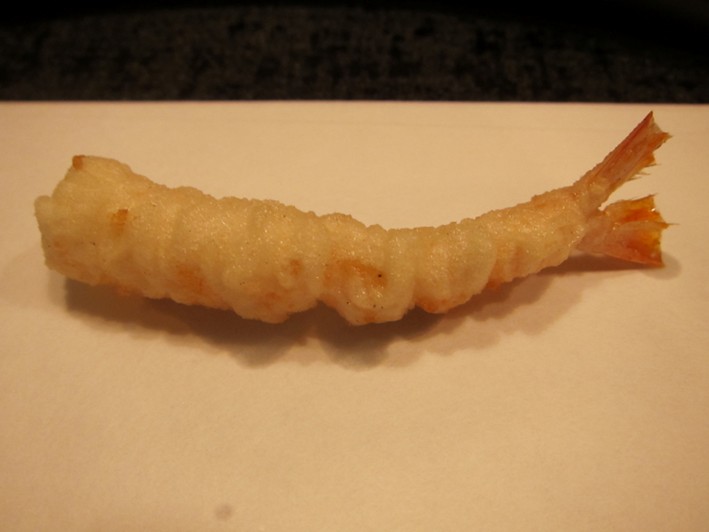
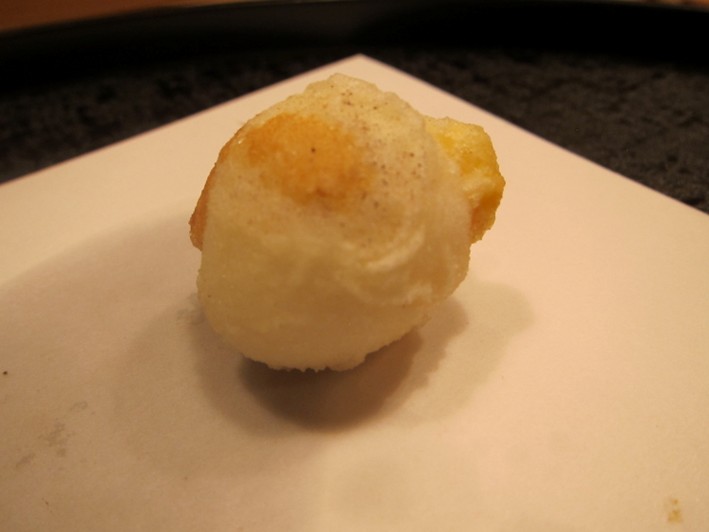
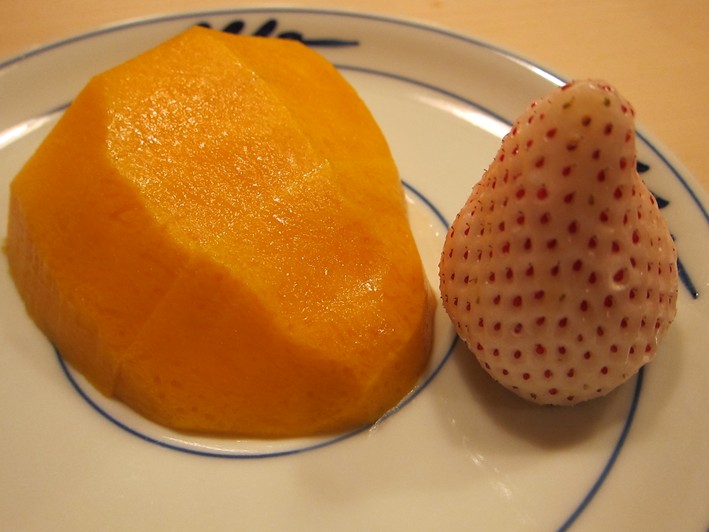


davidrichards
Thanks. Back on my list. Ate here once and it was indeed the best tempura I've ever had. Was assuming the removal from Michelin was due to a drop in quality so didn't want to take a punt at 35-40k :)